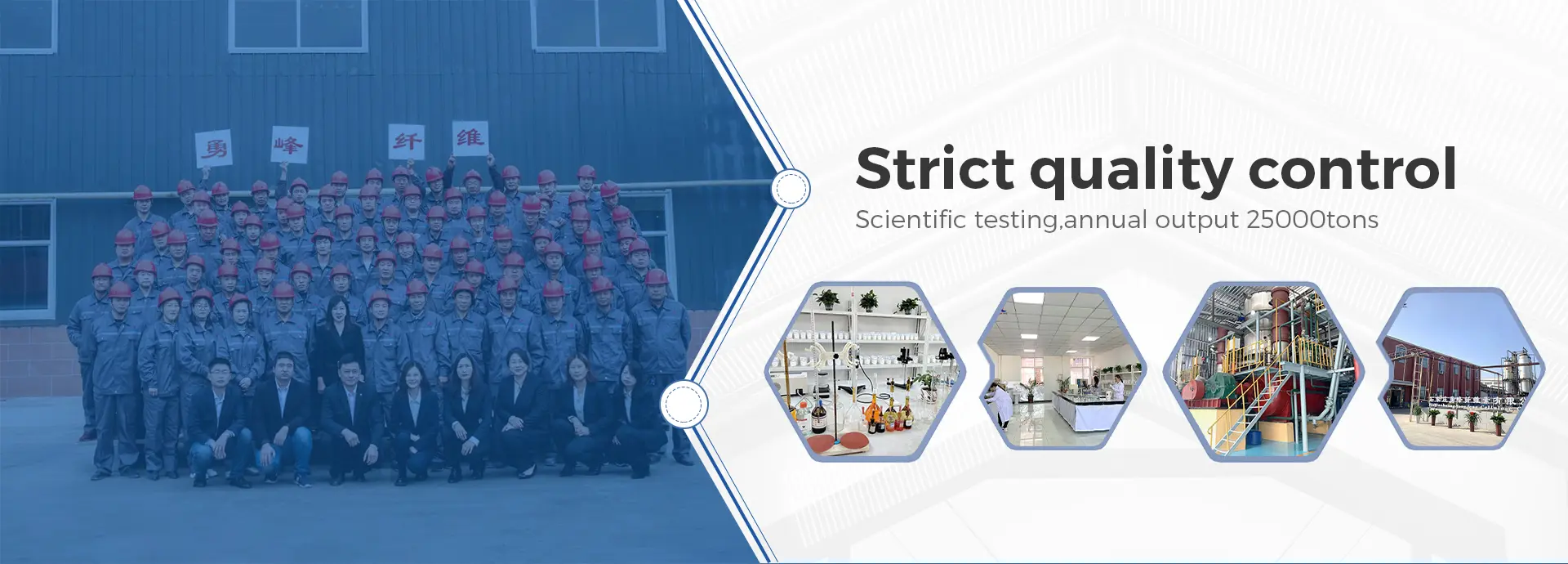Cellulose The Unsung Hero of Nature and Industry
Cellulose is a remarkable biopolymer that plays an essential role in both nature and various industries. As the most abundant organic polymer on Earth, cellulose is a key component in the structure of plant cell walls. Its significance goes beyond just providing support to plants; it offers a wide array of applications in different sectors, including textiles, food, pharmaceuticals, and biofuels.
First and foremost, cellulose is a vital component of the plant kingdom. It provides rigidity and strength to plant cells, making it crucial for the growth and development of plants. The unique structure of cellulose consists of long chains of β-D-glucose units linked by β-1,4-glycosidic bonds. These chains can pack tightly together to form microfibrils, giving cellulose its impressive tensile strength. This structural property allows plants to maintain their shape and withstand environmental stresses such as wind and rain.
Cellulose The Unsung Hero of Nature and Industry
Beyond its natural significance, cellulose finds extensive use in various industries. One of the most prominent applications is in the textile industry, where cotton, hemp, and linen—fibers high in cellulose—are spun into fabric. Cellulose fibers are favored for their breathability, softness, and biodegradability, making them a sustainable choice compared to synthetic fibers. Furthermore, processes such as mercerization can enhance the properties of cellulose fibers, improving their dye uptake and overall durability.
celulosa

In the food industry, cellulose is often used as a food additive. It serves as a thickening agent, stabilizer, and emulsifier, helping to improve the texture and consistency of products such as sauces, dressings, and baked goods. Additionally, cellulose is an important source of dietary fiber, promoting digestive health and providing a feeling of fullness. This functional versatility highlights cellulose's role not just as a structural component but also as a crucial ingredient in our daily diets.
The pharmaceutical sector also greatly benefits from cellulose. Microcrystalline cellulose, a purified form of cellulose, is widely used as an excipient in tablet formulations. Its excellent binding properties help to ensure that tablets maintain their integrity, while its inert nature ensures that it does not interfere with the active ingredients. Moreover, cellulose derivatives, such as hydroxypropyl methylcellulose (HPMC), are utilized in various drug delivery systems due to their ability to control the release of medications in the body.
As we look to the future, the versatility of cellulose continues to spark innovation. Researchers are exploring its potential in the production of biofuels, as cellulose-rich plant materials, known as lignocellulosic biomass, can be converted into ethanol and other biofuels. This could provide a sustainable alternative to fossil fuels, significantly reducing the carbon footprint of energy production.
In conclusion, cellulose is an unsung hero that plays a multifaceted role in both nature and human industry. Its structural properties are essential for plant health, contributing to ecological balance and the carbon cycle. In various industrial applications—from textiles to food and pharmaceuticals—cellulose demonstrates its versatility and importance. As we continue to seek sustainable solutions for our modern challenges, cellulose stands out as a key player in our efforts to create a more environmentally friendly future. The continued study and application of cellulose may unlock even more possibilities, ensuring that this remarkable biopolymer remains a cornerstone of both our ecosystem and economy.
-
Rdp Powder: Key Considerations for Wholesalers in the Building Materials IndustryNewsJul.08,2025
-
Key Considerations for Wholesalers: Navigating the World of Hpmc - Based ProductsNewsJul.08,2025
-
Hpmc Detergent: Key Considerations for WholesalersNewsJul.08,2025
-
Key Considerations for Wholesalers: China Hpmc For Tile Adhesive, Coating Additives, Concrete Additives, and MoreNewsJul.08,2025
-
Crucial Considerations for Wholesalers: Navigating the World of Construction MaterialsNewsJul.08,2025
-
Key Considerations for Wholesalers Sourcing Additive For Cement, Additive For Concrete, Additive For Putty from Additive Manufacturer Shijiazhuang Gaocheng District Yongfeng Cellulose Co., Ltd.NewsJul.08,2025




